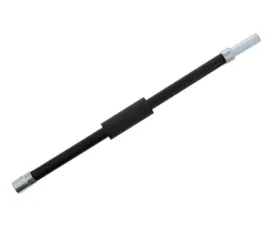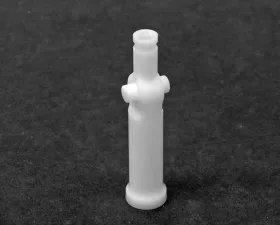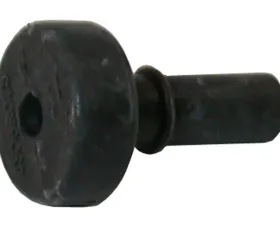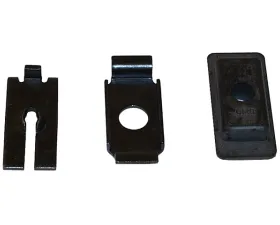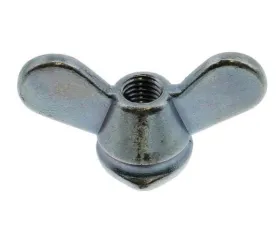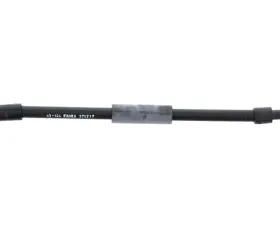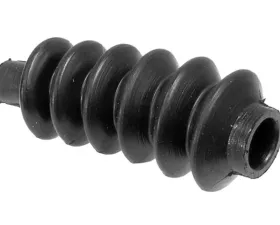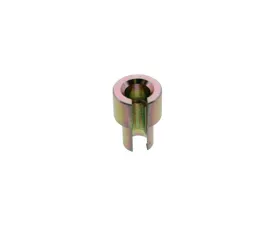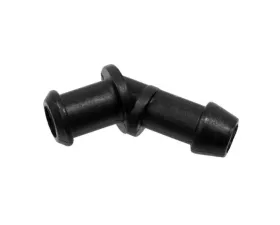Clutch Lines and Cables
ABOUT CLUTCH LINES AND CABLES
A clutch cable is the steel braided cable that connects the transmission clutch linkage to the clutch pedal mechanism in manual transmission vehicles. When the clutch pedal is depressed, the clutch cable pulls on the clutch linkage, withdrawing the clutch and allowing the transmission to shift safely. The clutch cable is a component of the transmission of the vehicle. That is, all the components involved in the routing and transformation of the engine's rotational movement to the driving wheels. A vital component of the transmission is the clutch cable. The clutch is the mechanism that connects the engine crankshaft's power to the transmission gears and disengages them. The clutch cable connects the rider's input to the clutch internals. The cable is constructed in such a way that it slides easily inside a casing with connections on both ends. Additionally, the casing features a stiff inner layer that is flexible enough to support the cable while it is being used to operate the clutch. A clutch cable system is the simplest way to operate a clutch mechanism, replacing and streamlining older linkage designs (which relied on multiple moving parts to operate correctly), allowing for smoother operation.
A properly functioning clutch cable, on the other hand, enables the vehicle to shift gears smoothly and easily. Thus, clutch cables are critical for ensuring both optimal performance and rider comfort. While cable setups are not as smooth or as reliable as hydraulic systems, many people prefer them due to their ease of installation, adaptability to custom applications, simple design, and lack of expensive parts.
ADDITONAL INFORMATION ON CLUTCH LINES AND CABLES
When the clutch pedal is depressed on many vehicles equipped with manual transmissions, a steel cable connected from the clutch pedal lever to the clutch disengages the clutch. By depressing the pedal, the steel cable is drawn in, and the cable extends to disengage the clutch and allow the driver to shift gears smoothly. Cables are not used with hydraulic clutches. Rather than that, depressing the clutch pedal causes fluid to flow from a master cylinder to a "slave cylinder," which moves the pressure plate and disengages the clutch. Several older clutches use a mechanical linkage consisting of rods and levers rather than a cable. Although clutch cables are designed to last for years, they can fray or break. Wear indicators include the clutch pedal becoming more difficult to depress or not springing back up when released (which could also be caused by a worn or broken return spring). Cables can also become loose or stretched over time, preventing the clutch from fully disengaging when the pedal is pushed all the way in. While loose cables can frequently be adjusted, some may require replacement.
CLUTCH LINES AND CABLES IN VIVID RACING
On manual transmissions, a clutch cable connects the clutch release lever to the clutch pedal component. If your clutch pedal is stuck to the floor or is difficult to depress, you may require a new clutch cable. Vivid Racing offers a comprehensive selection of clutch lines and cables for all vehicle makes and models. We offer genuine products from some of the best manufacturers at the most competitive prices, including Genuine Audi, Genuine Porsche, and Genuine BMW. Our rapid selling clutch lines and cables include a clutch hydraulic hose connector, a cable trunnion, a cable clevis, a cable boot, a manual transmission shift cable, and a dash panel plug. Vivid Racing assists customers in determining the best clutch lines and cables for their vehicle based on its specifications and ensures an unmatched level of compatibility.
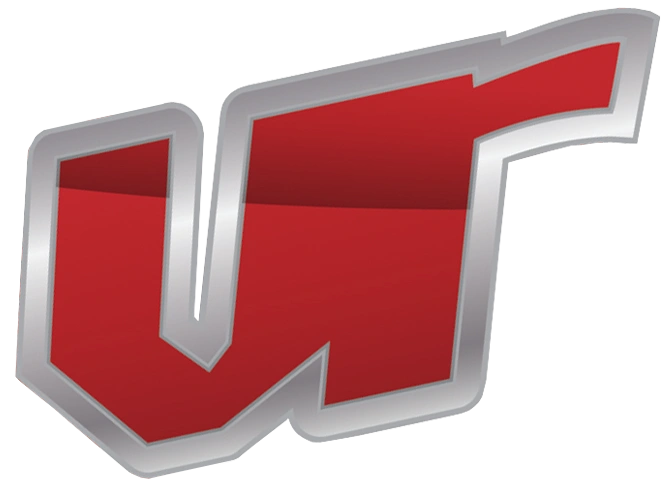
.jpeg?q=90&p=thumb&w=200&h=200)
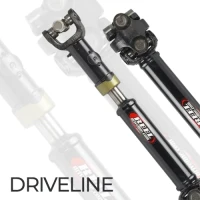
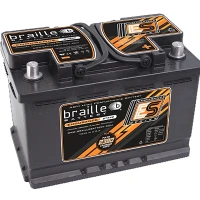
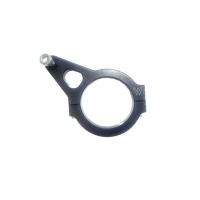
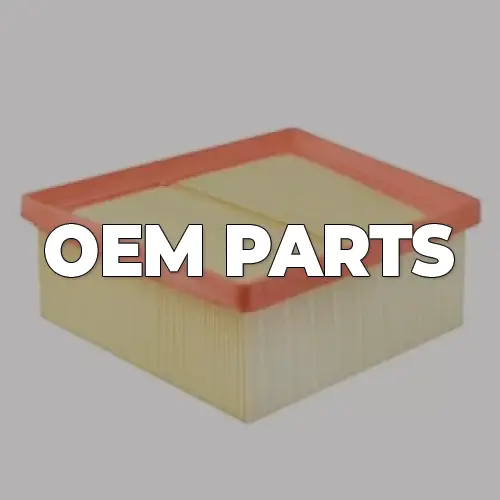

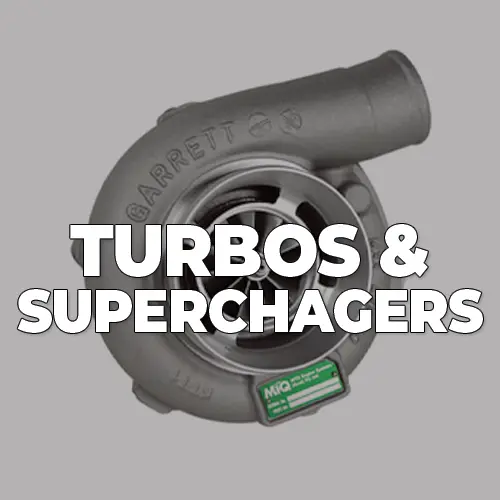

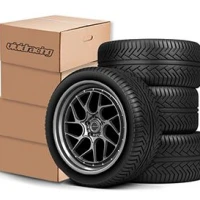

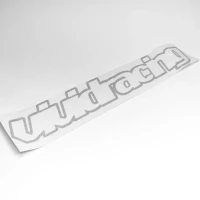
.jpeg?q=90&p=thumb&w=40&h=40) Brakes
Brakes  Driveline
Driveline  Electronics
Electronics  Handlebars & Controls
Handlebars & Controls  Package Deals
Package Deals  Wheel Accessories
Wheel Accessories  Wheels by Vehicle
Wheels by Vehicle  Universal & Repair
Universal & Repair  Vivid Racing Gear
Vivid Racing Gear 




